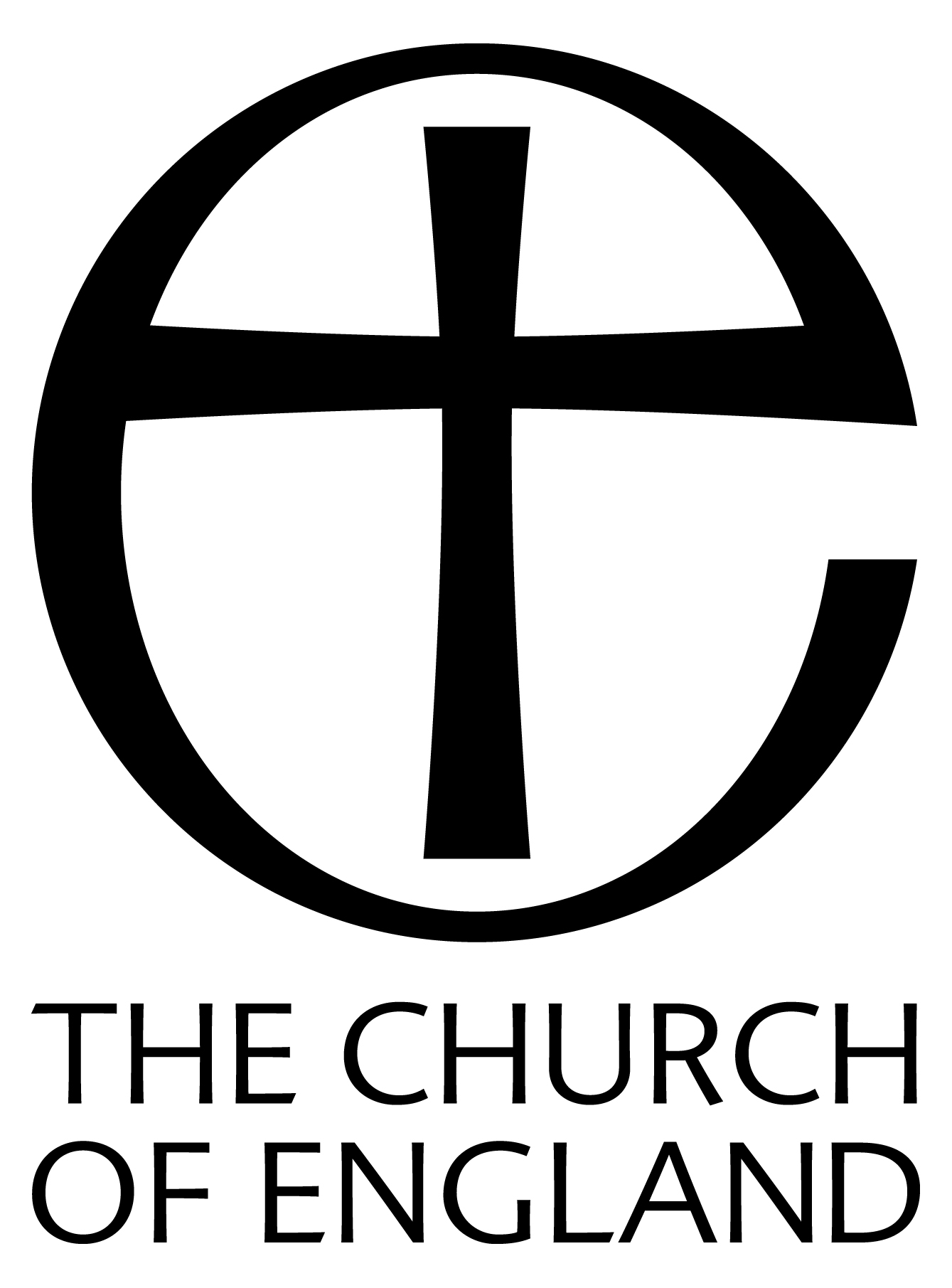Reproduced from
DRYPOOL -
Being a History of the Ancient
Parish of Drypool cum Southcoates
by M. Edward Ingram (1959)
by M. Edward Ingram (1959)
| < < < | > > > |
|
To return to the history of the parish. Henry Venn's successor, J. A. Wanton, stayed at Drypool for ten years, but the next eighteen years saw a succession of vicars, two of whom-John Blomfield and Alexander Baring Gould, relative of the better known Sabine Baring Gould-stayed for only a year. In 1857 came Lorenzo Moore, a retired Indian Army officer, who after service in that country, where he married, returned to Cambridge, took his degree and was ordained at Peterborough in 1851. He came to Drypool in 1857 and stayed until 1860. We have already seen from Henry Venn's description that the vicarage, situated off Dansom Lane, near to the Sutton Drain Bank, was both inaccessible and also dilapidated. After Moore's departure, his successor, Charles Campe, undertook the sale of the old house and the purchase of a new one. In a memorial presented to the Archbishop, the parishioners state that this was one of the reasons for the parish" having materially suffered from the repeated changes of incumbents." The house was sold for £600, and a new house, the property of the Reverend R. W. Elliot, of Slingsby, was secured for £820. This house had been built by Mr. Elliot's father and was in the occupation of Mr. Francis Reckitt. It was situated in East Parade, on Holderness Road, at the corner of the present Franklin Street. In November, 1865, Mr. R. Field, Churchwarden, presented the parish with an electra-plated flagon, and to this was added a " complete Communion Service" four years later. |
The earliest reference to a Parish School comes in Bench Book XII of the Hull Corporation, when the vicar, W. E. Coldwell, in 1823 asked for financial help, a request which was turned down. Five years later, during the vicariate of Henry Venn, a further request was made, and this time a donation of £10 was given, with a further two guineas annually. It is no doubt this school which is referred to in Greenwood's" Picture of Hull" as having commenced in 1827. He also mentions a school being held in the west gallery of the church. This was the school which was condemned by the Newcastle Assistant Commissioner in 1858 as being" ill-lighted, ill-ventilated, ill-arranged and altogether inefficient." This report seems to have spurred the parish into building new schools, and Sheahan described the stonelaying ceremony on 27th August, 1863. This school was in the" Geometrical Gothic style," and some of the stone used in its construction came from the Citadel, which was demolished at this time. The schools were opened in 1864, and survived until 1942, when they were destroyed by enemy action. |

|
|

|
|